
Industrial Socket Mastery: Maximize Safety & Efficiency
| 16a Industrial Socket | Light to medium machinery, portable tools | Suitable for smaller equipment; lower power capacity |
| 20 Amp Socket | Medium-sized equipment, general industrial use | Good balance between power and efficiency |
| 32 Amp Industrial Socket | Heavy-duty industrial machines, high power tools | Handles high power demand; requires proper safety measures |
Choosing the Right Amp Rating
When selecting an industrial socket, consider the following:
-
Machinery Power Draw: Assess the power requirements of your equipment to ensure compatibility.
Operational Workload: Factor in the frequency and duration of equipment use.
Expansion Plans: Consider future power needs to accommodate potential equipment upgrades.
In conclusion, understanding and selecting the appropriate amp rating for your industrial sockets is crucial for maintaining safety and efficiency. By doing so, you can ensure that your equipment operates smoothly, minimizing risks and maximizing productivity. Next, we will explore various pin configurations and their impact on maintaining stable power connections in demanding industrial environments.
Navigating Various Pin Configurations in Industrial Sockets
When it comes to industrial sockets, the number of pins plays a crucial role in ensuring stable and secure electrical connections. But how do different pin configurations affect performance, and which should you choose for your specific needs?
Industrial sockets typically come in configurations such as 3 pin, 4 pin, and 5 pin setups. Each configuration is designed to meet specific electrical requirements and environmental conditions, ensuring that connections remain stable even under demanding circumstances.
Understanding Different Pin Configurations
3 Pin Industrial Socket: This configuration is commonly used for single-phase power supply, where one pin carries the live current, one is neutral, and one is for grounding. It's ideal for applications where safety and simplicity are priorities, such as in light industrial tasks and portable equipment.
4 Pin Setup: Often utilized in three-phase systems without a neutral wire, this configuration provides a robust solution for balanced power loads, ensuring efficiency in equipment that doesn't require a neutral return path.
5 Pin Industrial Socket: Designed for three-phase power systems with a neutral wire, this setup includes three phase pins, one neutral, and one earth. It's perfect for heavy-duty industrial applications requiring a stable power supply and is essential for equipment that operates on a three-phase system with a neutral return.
Maintaining Stable Connections
Each pin configuration is engineered to minimize accidental disconnections and maintain a stable connection. The robust design of these sockets includes features such as locking mechanisms and durable materials that withstand physical and environmental stress.
Checklist for Installation and Inspection
To ensure your industrial sockets are installed and maintained correctly, consider the following best practices:
-
Inspect Regularly: Conduct routine checks for wear and tear, ensuring all pins are intact and corrosion-free.
Secure Connections: Always ensure that the plug is firmly inserted into the socket, utilizing any locking mechanisms available.
Proper Alignment: Align pins correctly during installation to prevent damage and ensure a secure connection.
Environmental Protection: Use appropriate covers and seals to protect against dust, moisture, and other environmental factors.
Compliance with Standards: Ensure all installations meet the relevant electrical standards and regulations to guarantee safety and performance.
In conclusion, understanding and selecting the right pin configuration for your industrial sockets is vital for maintaining reliable and efficient power connections. By following best practices for installation and inspection, you can ensure that your systems operate safely and effectively. Next, we will explore how different environmental factors impact the performance and longevity of industrial sockets, guiding you in choosing the right solutions for harsh conditions.
Choosing the Right Socket for Different Environments
Imagine working in an industrial setting where extreme temperatures, moisture, and dust are constant challenges. How do you ensure your electrical connections remain reliable and safe? The answer lies in selecting the right industrial socket for these demanding conditions.
Industrial sockets are designed to withstand harsh environments, but not all are created equal. Factors such as temperature, moisture levels, and airborne particles significantly impact their performance and longevity. Selecting the appropriate industrial style sockets is crucial to maintaining operational efficiency and safety.
Impact of Environmental Factors
Temperature fluctuations can cause materials to expand and contract, potentially leading to loose connections or material fatigue. Moisture, whether from humidity or direct exposure to water, poses a risk of corrosion and short circuits. Dust and other airborne particles can infiltrate sockets, causing blockages or electrical faults.
To combat these challenges, industrial sockets are constructed from durable materials that resist environmental stressors. For instance, sockets with high ingress protection (IP) ratings are designed to prevent the entry of dust and water, ensuring reliable performance in adverse conditions.
Specialized Solutions for Harsh Conditions
Blue industrial sockets are often used to denote specific voltage levels or compliance with certain international standards, such as those required in marine or outdoor settings. These sockets are not only color-coded for easy identification but are also built to endure harsh environments, offering enhanced protection against moisture and corrosion.
In regions with specific compliance requirements, such as in China, specialized sockets are designed to meet local standards, ensuring both safety and regulatory adherence. These china industrial sockets are tailored to withstand the unique environmental challenges present in their respective regions.
Choosing the Right Socket
When selecting an industrial socket for harsh environments, consider the following factors:
-
Material Durability: Opt for sockets made from high-grade plastics or metals that resist corrosion and thermal stress.
Ingress Protection Rating: Choose sockets with a high IP rating to protect against dust and moisture ingress.
Compliance and Standards: Ensure the socket meets international or regional standards, such as IEC or local regulations.
Color Coding: Utilize color-coded sockets for quick identification and compliance with voltage requirements.
In conclusion, selecting the right industrial socket for different environments is essential to ensuring reliable and safe electrical connections. By understanding the impact of environmental factors and choosing sockets designed for harsh conditions, you can enhance the performance and longevity of your power distribution systems. As we continue, we will delve into practical strategies for installing and maintaining industrial plugs and sockets, ensuring sustained operational excellence.
Practical Installation and Maintenance Strategies for Industrial Plugs and Sockets
Ensuring the safe and effective installation of industrial plugs and sockets is crucial for maintaining operational efficiency and preventing electrical hazards. But how do you achieve this in a complex industrial environment? Let's walk through the essential steps for a successful installation and maintenance routine.
Step-by-Step Installation Guide
Before diving into installation, it's vital to conduct a thorough site assessment. This involves evaluating the power requirements, environmental conditions, and compliance with safety standards. Once you have a clear understanding, follow these steps:
-
Power Isolation: Ensure that the power is completely shut off at the distribution board before starting any work. This safety measure prevents accidental electric shocks.
Wiring Connections: For two-pin and three-pin setups, connect the phase (L), neutral (N), and earth (E) wires to their respective terminals. For three-phase systems, ensure that the phase wires (L1, L2, L3) are correctly connected, as well as the neutral and earth wires. Refer to Electrolesk for detailed wiring instructions.
Secure Mounting: Install the socket outlet box securely to prevent movement and ensure stable connections.
Final Testing: Once installed, test the connections with a multimeter to verify that the circuit is live and functioning correctly.
Importance of Regular Maintenance
After installation, regular maintenance is key to preventing equipment failure and ensuring safety. This includes periodic inspections, cleaning, and timely replacements of worn-out components.
-
Inspection: Regularly check for signs of wear, corrosion, or damage. Ensure that all connections are tight and secure.
Cleaning: Keep the sockets free from dust and debris to maintain optimal performance. Use appropriate cleaning solutions that won't damage the materials.
Replacement: Replace any faulty components immediately to avoid potential hazards.
Essential Tools for Maintenance
Having the right tools can streamline maintenance tasks and emergency repairs. Consider equipping your toolkit with:
-
Industrial Socket Wrench Set: Essential for tightening and loosening socket connections.
Multimeter: For testing electrical circuits and ensuring proper voltage and current flow.
Screwdriver Set: For assembling and disassembling socket components.
Pliers and Wire Strippers: For handling wires and making precise connections.
In conclusion, following a structured approach to installing and maintaining industrial plugs and sockets is vital for ensuring safety and efficiency in your operations. By utilizing the recommended tools and adhering to best practices, you can prevent electrical hazards and prolong the lifespan of your equipment. As we proceed, we will explore innovative socket designs and comprehensive kits that cater to evolving industry demands, further enhancing your operational capabilities.
Embracing Innovative Designs and Comprehensive Kits in Industrial Sockets
In the ever-evolving industrial landscape, staying ahead means embracing advanced solutions that meet the demands of modern operations. But what does this mean for industrial sockets? Let's explore how innovative designs and comprehensive kits are revolutionizing industrial power connections.
Advanced Socket Solutions
Today's industrial environments require sockets that can handle complex power needs with ease. Enter the industrial socket set -a versatile solution designed to cater to various applications. These sets typically include a range of socket types and configurations, allowing for quick adaptation to different machinery and equipment requirements.
One standout in this realm is the 32a industrial plug and socket system. Known for its robust capacity to handle high power loads, this system is ideal for heavy-duty applications. It ensures a secure and reliable connection, minimizing the risk of power interruptions that could lead to costly downtime.
Efficiency Through Comprehensive Kits
Comprehensive kits, which often include a variety of connectors, adapters, and tools, are invaluable for industrial settings. They provide all the necessary components to establish and maintain strong electrical connections, streamlining the setup process and reducing the need for multiple purchases.
These kits often feature 16 amp industrial socket 3 pin male female connectors , which are essential for precise and secure connections. The inclusion of these connectors ensures compatibility with a wide range of industrial equipment, enhancing operational flexibility.
The Role of Industrial Socket Wrench Sets
Efficient installation and maintenance are critical in industrial operations, and here is where an industrial socket wrench set plays a pivotal role. These wrench sets are designed to facilitate the easy tightening and loosening of socket connections, ensuring that installations are secure and reliable.
With a variety of head fittings and adaptors, these wrench sets allow for quick adjustments and repairs, which is crucial in minimizing downtime. Their ergonomic design reduces strain on workers, making them an essential tool in any industrial toolkit.
Benefits of Embracing Innovative Socket Solutions
-
Increased Flexibility: With multiple socket configurations, industrial socket sets offer the flexibility needed to adapt to various operational demands.
Reduced Downtime: Comprehensive kits and efficient tools like socket wrench sets streamline maintenance, reducing the time equipment is out of service.
Enhanced Safety: Advanced socket designs incorporate features that minimize the risk of accidental disconnections and electrical hazards.
Cost-Effectiveness: Investing in a complete kit reduces the need for frequent purchases and replacements, offering long-term savings.
In conclusion, embracing innovative socket designs and comprehensive kits is crucial for modern industrial operations. These solutions not only enhance efficiency and safety but also provide the flexibility needed to meet the diverse demands of industrial environments. As we look to the future, integrating these advanced systems will be key to sustaining operational excellence and staying competitive in the industry.
Conclusion
In the intricate world of industrial operations, the right choice of industrial socket is pivotal to ensuring both safety and efficiency. As we've explored throughout this guide, several key factors-voltage, amp rating, and pin configuration-play crucial roles in the performance of industrial sockets. But how do these elements come together to optimize industrial power distribution?
Firstly, selecting the appropriate voltage is essential. Whether it's the 110v, 220v, or 240v options, aligning your choice with regional standards and specific equipment needs helps maintain a stable and efficient power supply. This decision directly influences energy consumption and safety protocols, ensuring that your operations run smoothly and without unnecessary interruptions.
Next, the amp rating must be carefully matched to the power demands of your equipment. Understanding the implications of using a 16a, 20 amp, or 32 amp industrial socket can prevent overheating and extend the lifespan of your equipment. This knowledge is critical for maintaining operational safety and efficiency, reducing the risk of electrical hazards.
Additionally, the pin configuration -whether it's a 3 pin, 4 pin, or 5 pin setup-ensures a stable and secure connection. Each configuration is tailored to specific power requirements and environmental conditions, minimizing the risk of accidental disconnections and enhancing the reliability of your power distribution systems.
Beyond technical specifications, the importance of proper installation and regular maintenance cannot be overstated. Ensuring that industrial sockets are installed correctly and inspected regularly helps prevent equipment failures and safety issues, safeguarding both personnel and machinery.
Finally, evaluating suppliers is a crucial step in securing reliable industrial socket solutions. Companies like Datong Electric offer comprehensive products designed to withstand harsh environments and frequent use. Their commitment to quality and innovation makes them a trusted partner in achieving dependable power connectivity.
In summary, by integrating these insights into your industrial power distribution strategy, you can achieve sustained operational excellence. The right industrial socket solutions not only enhance efficiency and safety but also position your business for long-term success in a competitive landscape.
Frequently Asked Questions
1. What is the voltage of an industrial outlet?
Industrial outlets typically use voltages like 110v, 220v, and 240v. These are selected based on regional standards and equipment requirements to ensure safety and efficiency.
2. What is an industrial socket?
An industrial socket is a robust electrical connector designed to handle higher voltages and currents than household sockets, essential for industrial machinery.
3. What is the difference between an industrial socket and a normal socket?
Industrial sockets are built for high currents and harsh conditions, unlike normal sockets which are for household use. They ensure safety and durability in industrial settings.
4. Why are amp ratings important for industrial sockets?
Amp ratings indicate the maximum current a socket can handle safely. Correct ratings prevent overheating and ensure efficient operation of industrial equipment.
5. How do environmental factors affect industrial socket performance?
Temperature, moisture, and dust can impact socket performance. Choosing sockets with high IP ratings and durable materials helps maintain reliability in harsh conditions.

Legal Disclaimer:
MENAFN provides the
information “as is” without warranty of any kind. We do not accept
any responsibility or liability for the accuracy, content, images,
videos, licenses, completeness, legality, or reliability of the information
contained in this article. If you have any complaints or copyright
issues related to this article, kindly contact the provider above.

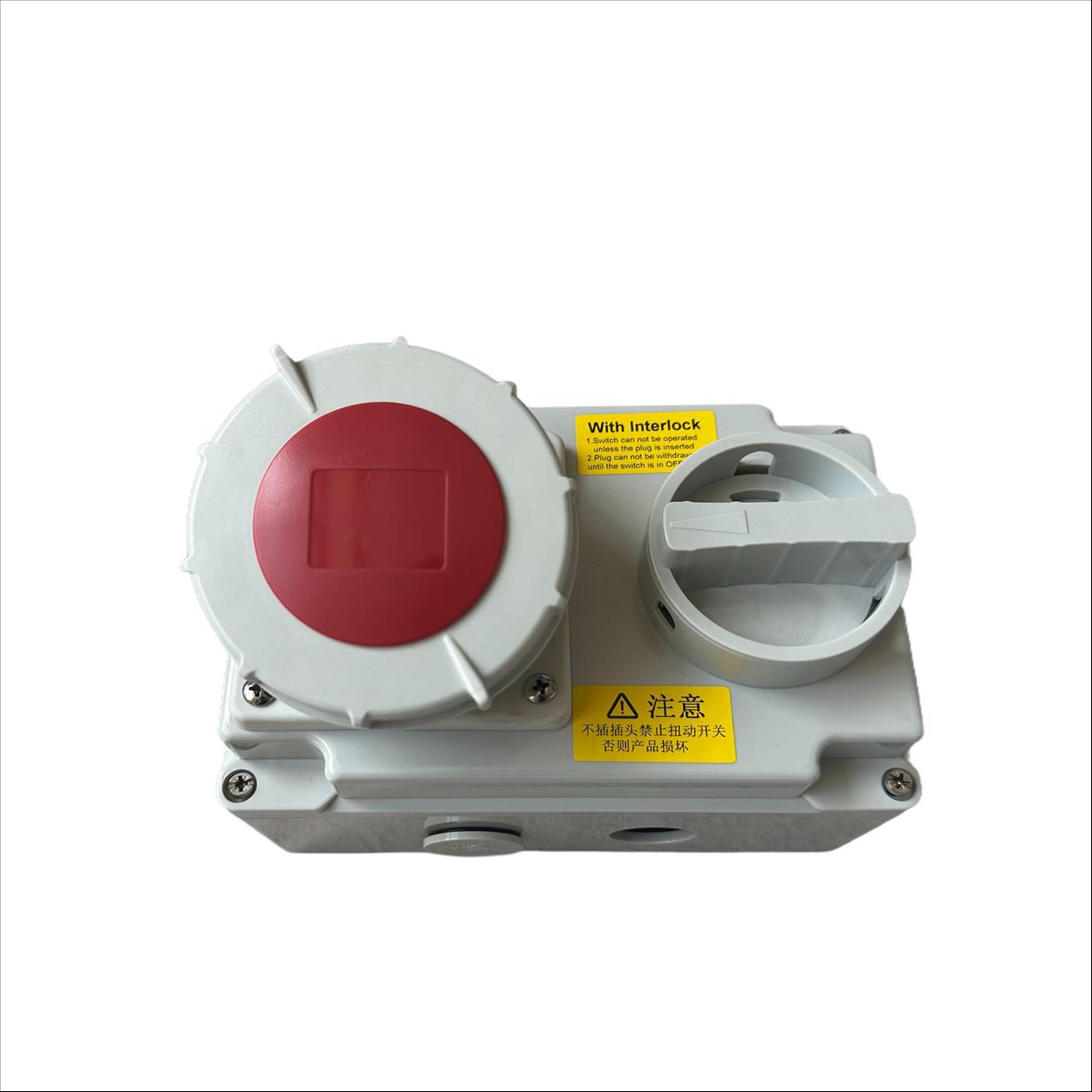
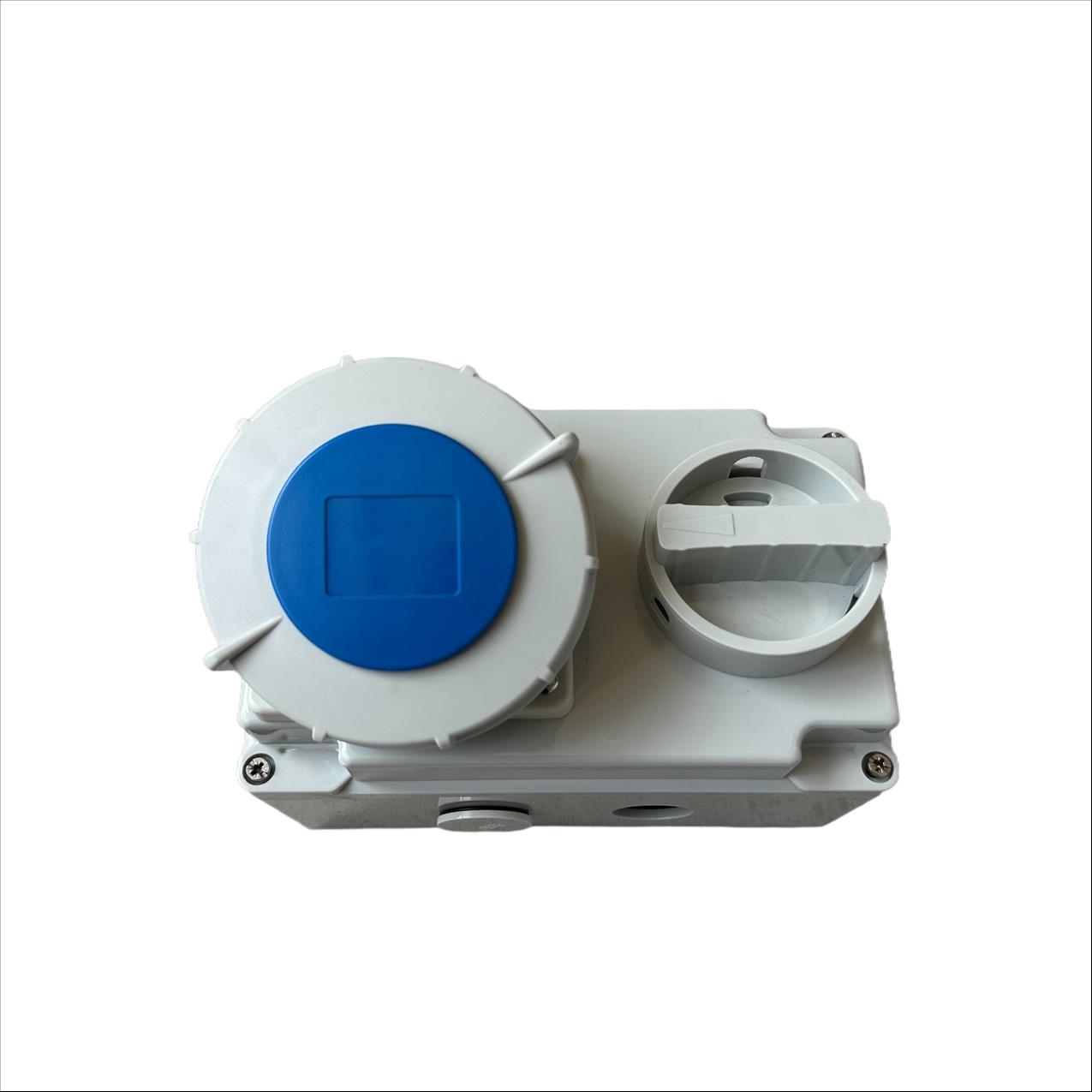
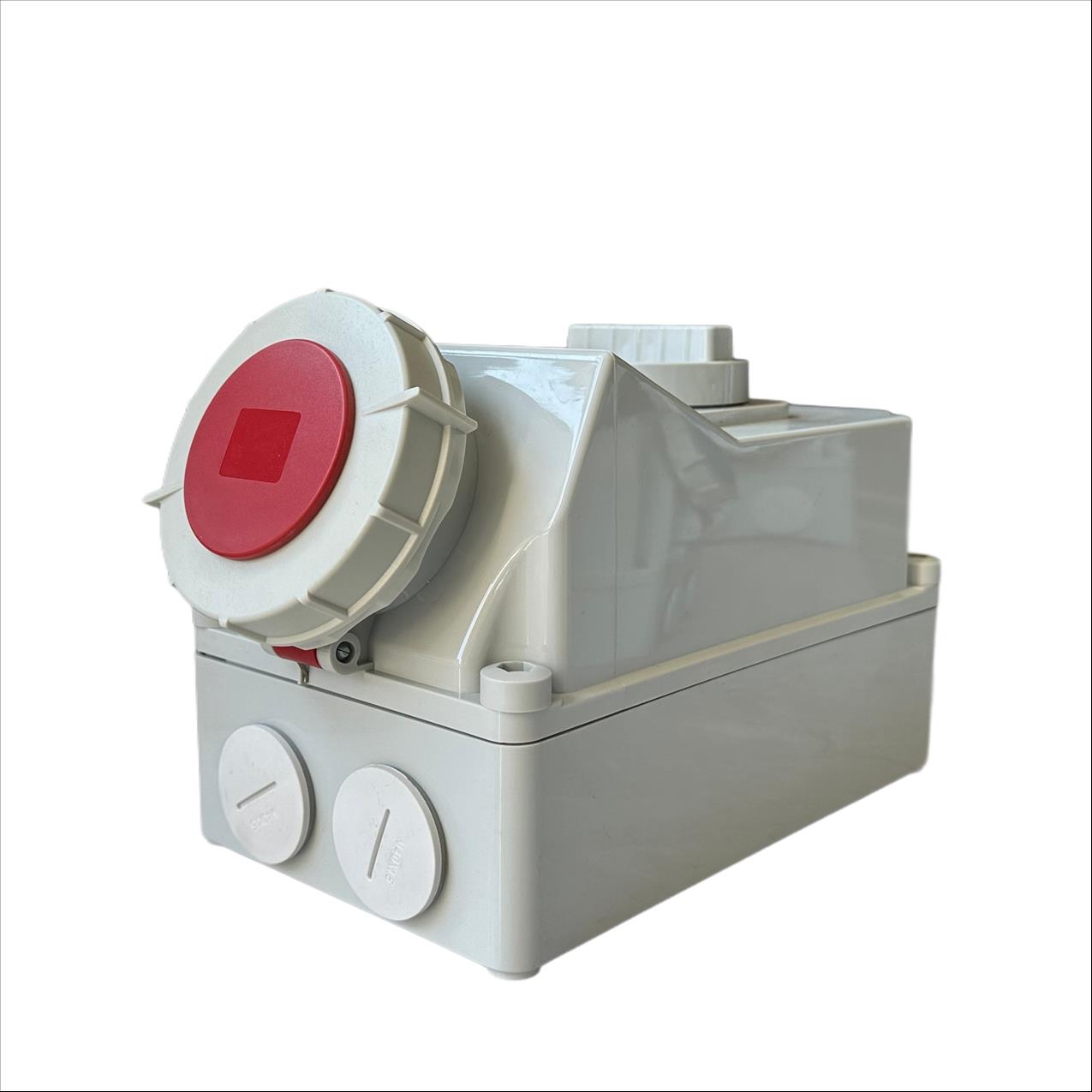
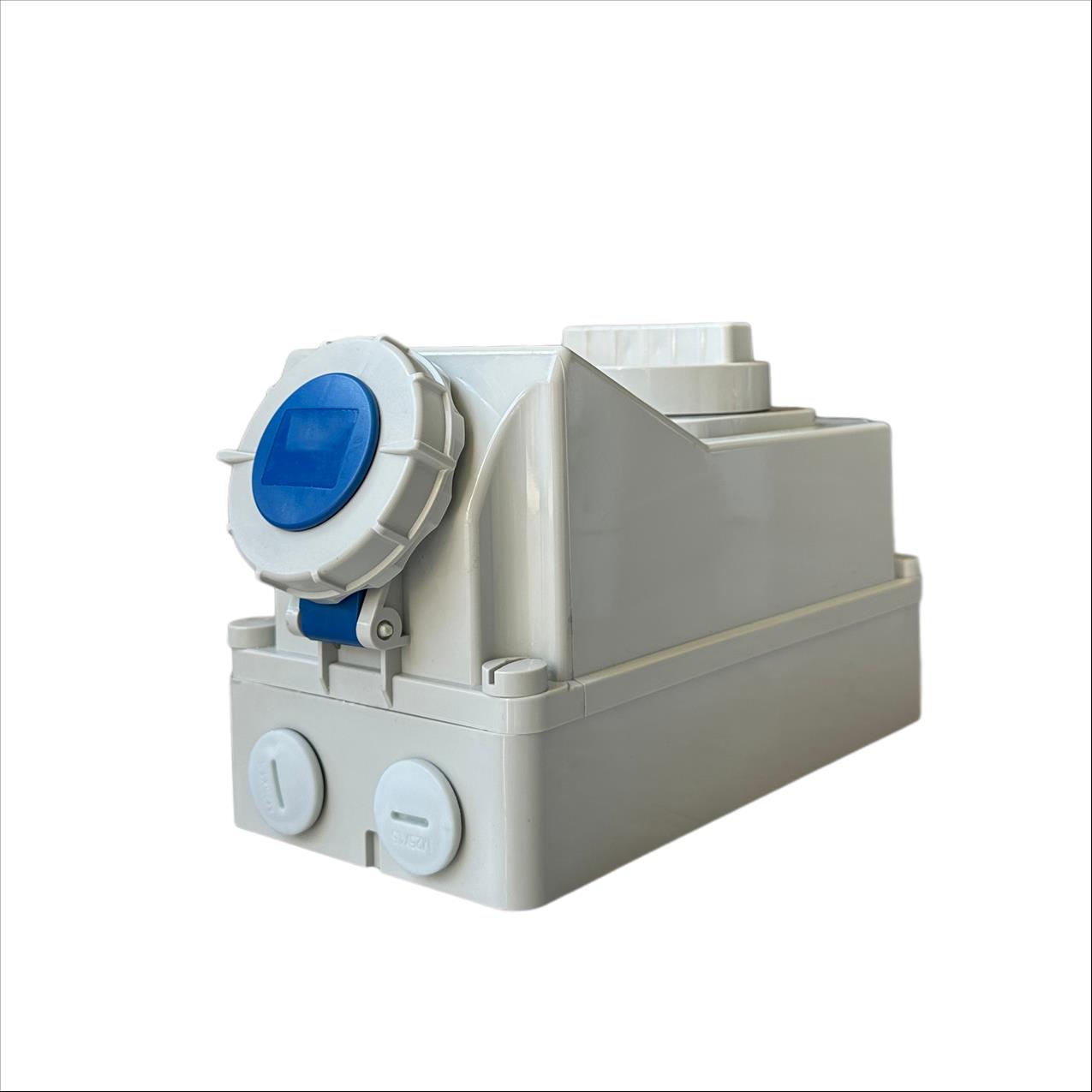
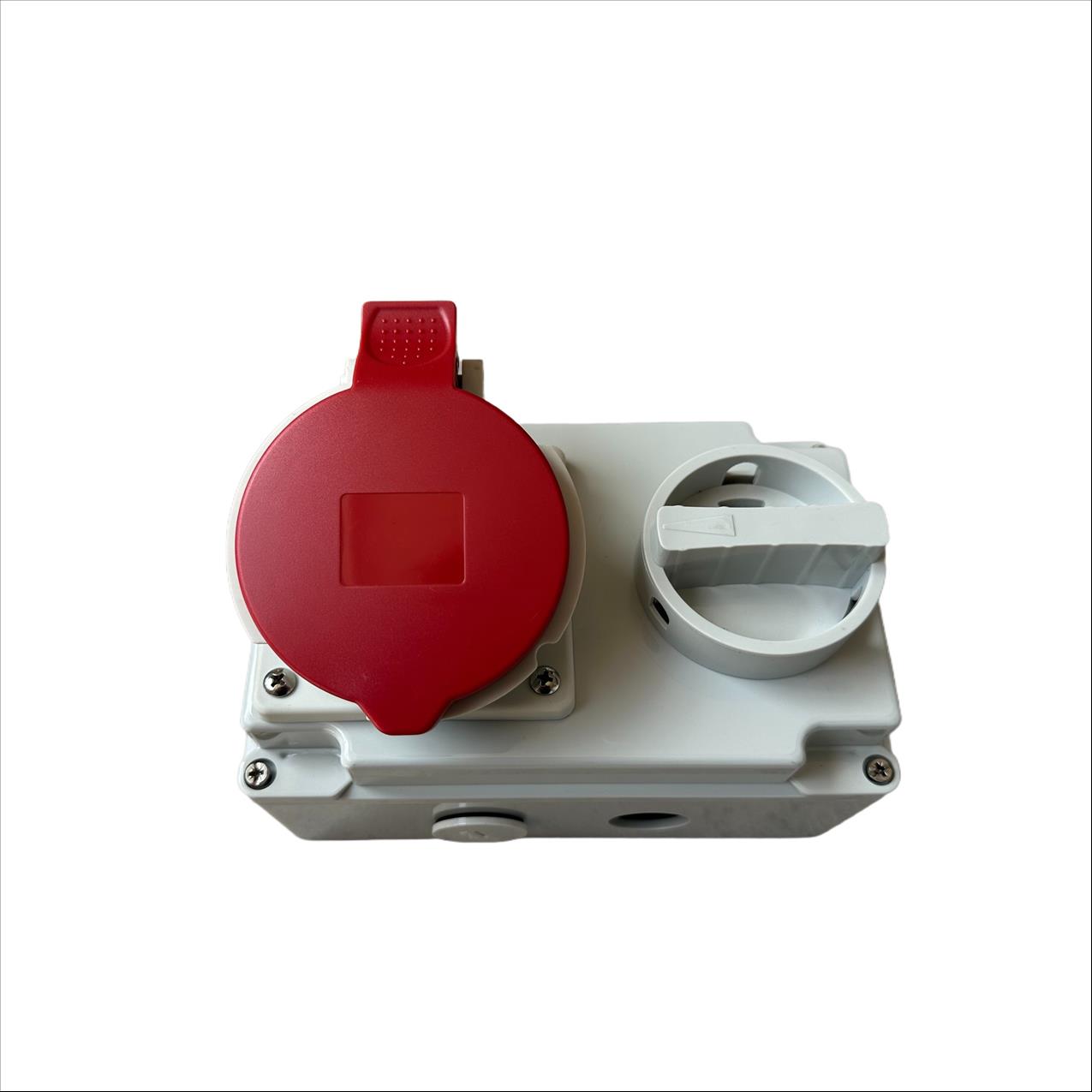















Comments
No comment